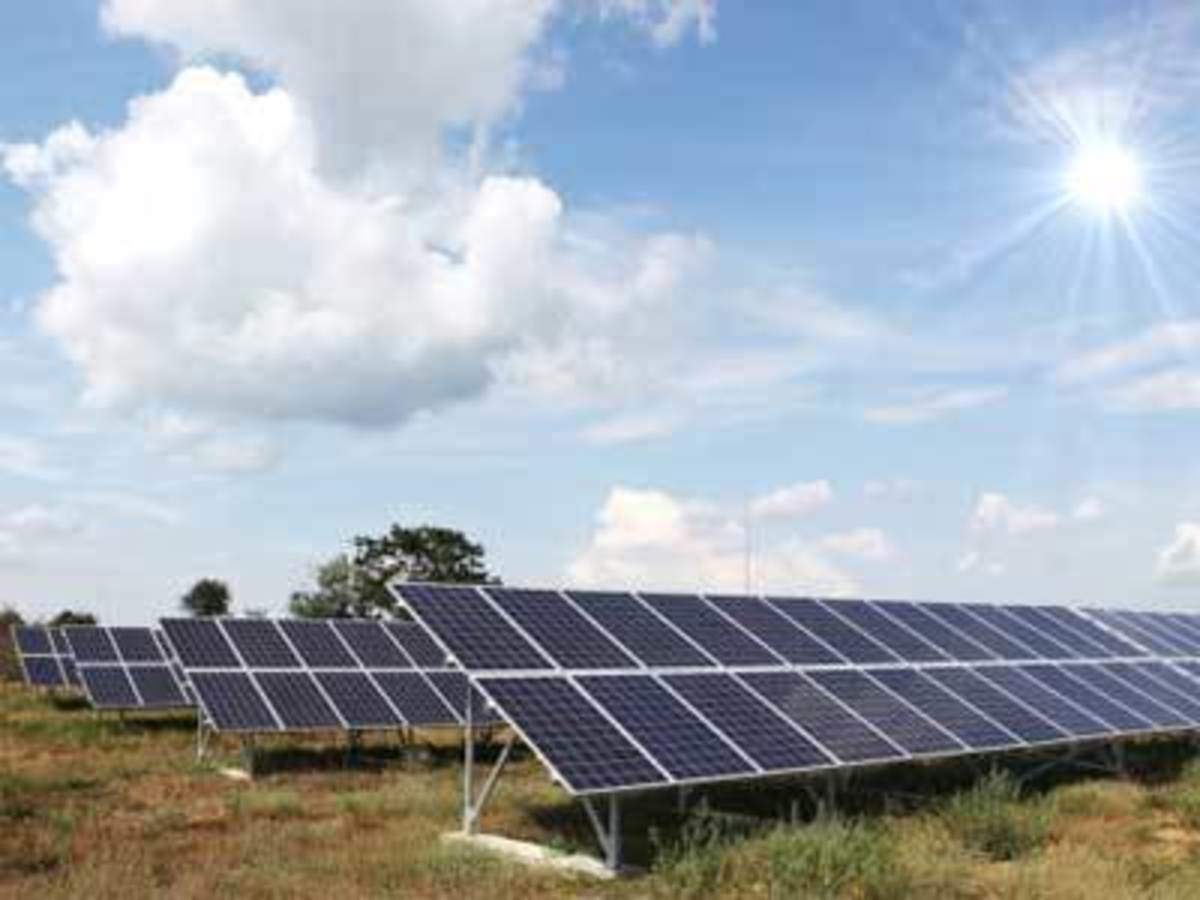Lunar solar power lsp arrays would receive higher energy density from sunlight than we get through earth s atmosphere avoid weather and could beam energy to any part of earth facing the moon.
Moon solar panels beaming power to earth.
The alternative is to turn the energy from the solar array into microwaves and beam these to a collector on the earth s surface to be converted into electricity.
The idea of capturing solar energy in space where the sun never stops shining and beaming it to earth may seem far fetched but such technology is further along than most realize.
The key to lunar based solar on earth is microwave transmission.
Research from the qian xuesen laboratory of space technology in china shows that solar power generated on the moon can supply future lunar bases with plenty of energy to spare.
But it remains to be seen if this ambitious project can overcome the significant technological hurdles it faces.
With thousands of solar systems and microwave transmitters on the moon and receivers in every nation on earth the result would be pollution free electric power that is abundant clean stable.
Lsp could theoretically even satisfy 100 percent of our energy needs.
A solar panel array placed on the moon would generate electricity during earth s nighttime hours because it is receiving direct sunlight containing photons.
The new solar cells panels and production processes being developed through the program could revolutionize space based power.
Researchers at the u s.
Naval research laboratory have made the first attempt to test the viability of this technology by sending a solar antenna aboard the.
China has invested 15m in a test for a solar space station a craft that will orbit the earth absorbing solar rays converting them into electricity and beaming them back down to the planet.
Beaming solar power from space to earth is becoming practical.
That would be approximately 18 tw today and possibly 24 tw by mid century.
The idea of harvesting solar energy in outer space through solar panels and transferring it to earth via microwave beams is not new although it has been limited to research projects due to the high cost of launching material into orbit.
Contrary to appearances of sbsp in popular novels and video games most designs propose beam energy densities that are not harmful if human beings were to be inadvertently exposed such as if a transmitting satellite s beam were to wander off course.
The collecting satellite would convert solar energy into electrical energy on board powering a microwave transmitter or laser emitter and transmit this energy to a collector or microwave rectenna on earth s surface.





























